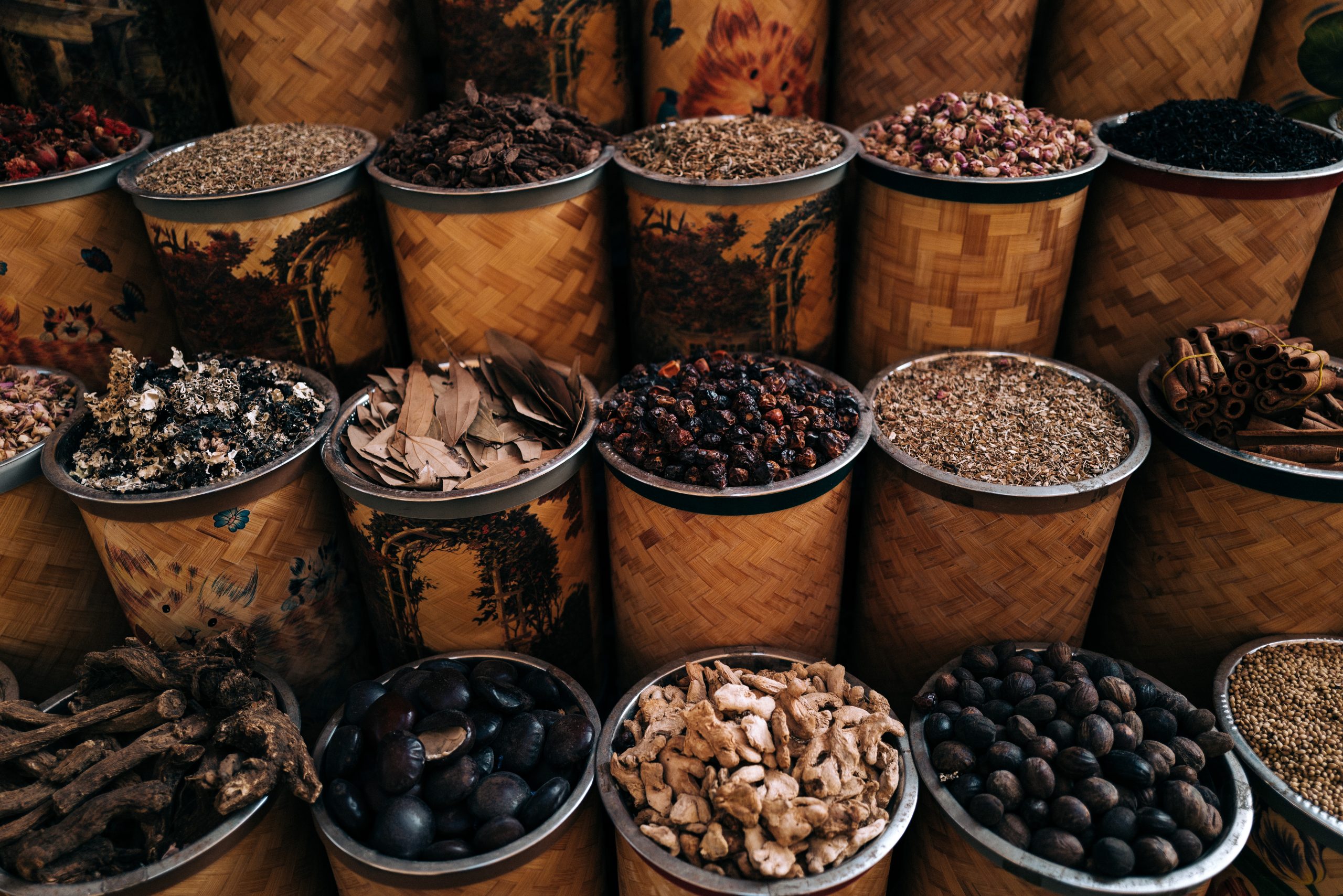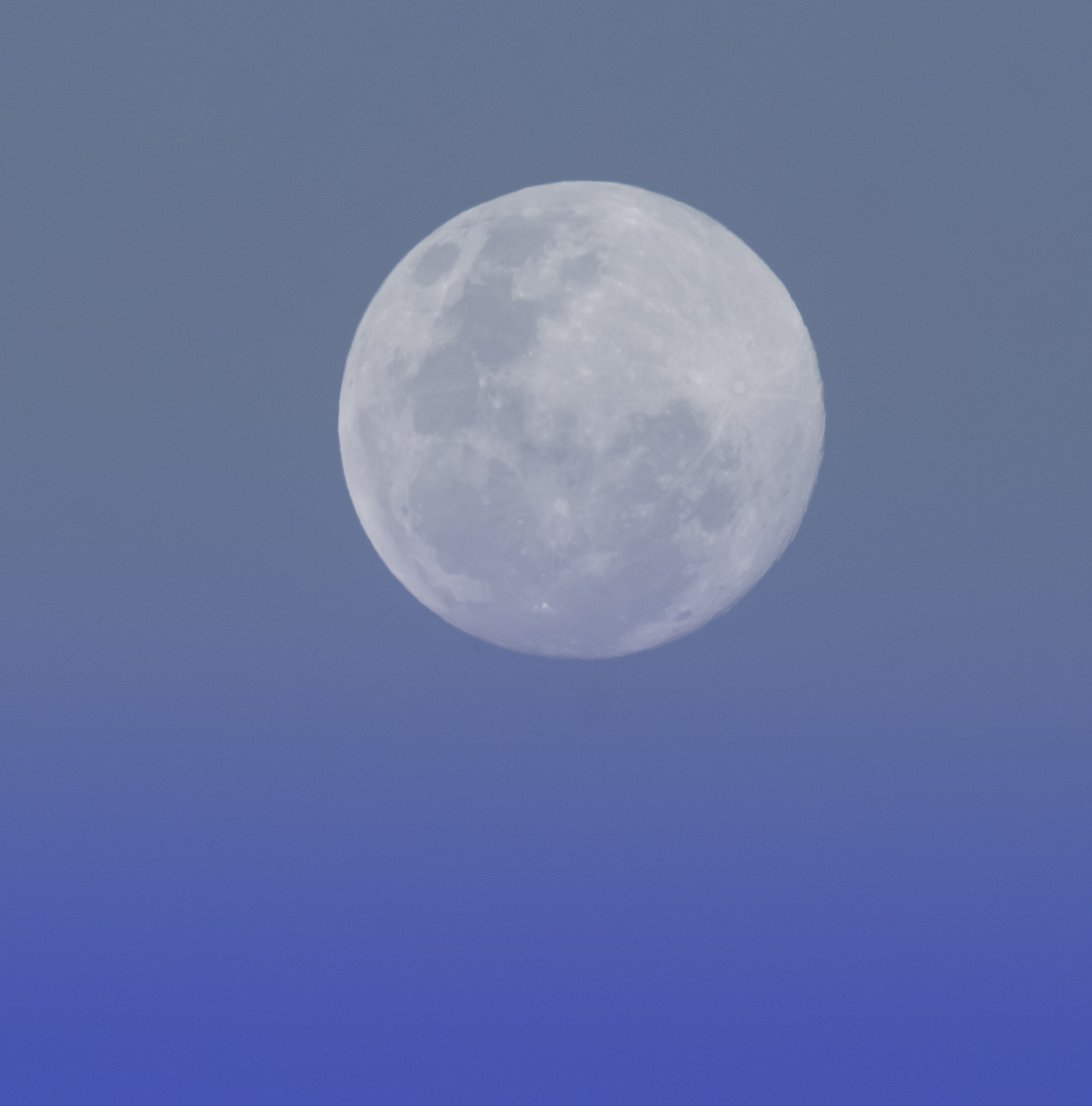In our last issue, we explored the ingredients in Shakespeare’s witches’ brew from his famous play Macbeth. We saw that many of the ingredients were actually common names for herbs, but others still elude clear understanding. Here are the remaining ingredients and some of the more mysterious ones.
Tooth of Wolf. Wolfsbane, monkshood, friar’s cap—this herb contains powerful alkaloids, is highly poisonous, and was once used to kill wolves. Magically, it was used to stave off werewolves, prevent shape-shifting, or to harm via sympathetic magic.
Witches’ mummy. One source suggests that the ashes from dead witches were added to spells to add power. Another source reveals that the consumption of powders made from actual mummies were considered aphrodisiacal and medicinal from Medieval times through the Renaissance.
Maw and gulf of the ravin’d sea shark. This is a real mystery ingredient. “Maw and gulf” refers to the shark’s head, which would include the mouth and throat. “Ravin’d” means hungry and the shark is likely in predatory mode. Sharks do live off the coast of Scotland, so this could be a literal ingredient. Magically, it would be reasonable to assume that a shark’s head would be used sympathetically to create a kind of psychic attack.
Root of Hemlock. Hemlock (Conium maculatum) is, of course, poisonous, and was implicated in the death of Socrates. The leaves are used for healing purposes, but the root contains an alkaloid that may produce hallucinations, convulsions, and death.
Liver of a blaspheming Jew. Anti-Semitism was a deeply ingrained trait of European cultures of the time, and I found no references to any plant whose common name alludes to “Jew” and “liver.” There is a “Jew’s ear”—a kind of fungus that grows on elder trees. It might also refer to Jew’s myrtle, also known as Butcher’s broom, used to make stiff brooms like those associated with witches. There is no clear answer as to what this ingredient might actually be. But knowing Shakespeare, it could simply be a literary device added for drama.
Gall of goat. This is a term for St. John’s Wort (Hypericum perforatum). St. John’s Wort has mild psychoactive properties, which has made it a natural treatment for depression. “Gall of goat” also refers to honeysuckle, also known as goat’s leaf. Modern witches burn honeysuckle in rituals to gather psychic power, attract money, or promote healing. However, witchcraft in Renaissance Scotland also often included actual goat parts and the gall of goats was used occasionally in herbal concoctions of the time.
Slips of yew. “No tree is more associated with the history and legends of Great Britain than the yew…it was a sacred tree favored by the Druids,” writes Grieve. One British legend says the yew tree grows a root into the open mouth of each corpse buried in the graveyard. Yew is also associated with Hecate and the Crone aspect of the goddess, appropriate for these Scottish witches. Yew is also a great protection against evil.
Nose of Turk. This likely applied to Turk’s cap, another aconite, like wolfsbane, with active alkaloids.
Tatar’s lips. This could be a reference to ginseng, also known as Tartar root. Ginseng has long been considered to be an aphrodisiac.
Finger of a birth-strangled babe. This is a bit obscure, although foxglove (Digitalis purpurea), another psychoactive plant, is sometimes called “bloody fingers,” But we cannot overlook the possibility that there were sorcerers in Scotland that practiced dark arts and any midwife could easily obtain the remains of a “birth-strangled babe.” While rare, some unwed mothers would smother or strangle the child at birth to hide her shame. A child who died at birth was unbaptized and would be just as damned as the Turk, the Tartar, and the Jew.
Tiger’s chaudron. This is equated with the lady’s mantle (alchemilla vulgaris) in one source. Lady’s mantle was common, especially in Scotland, where it was strongly associated with alchemy and was included in many mystic potions. “Chaudron” can mean “entrails” and is also the French equivalent of “cauldron.”
Baboon’s blood. Most experts agree that this is one of several ingredients added as a literary device, for added drama. However, according to The Greek Magical Papyri in Translation, the blood of a Hamadryas baboon is considered equivalent to the blood of a spotted gecko. While Scotland does not have geckos, the blood of either the gecko or the baboon could have been imported from the Mediterranean.
Blood of a bat. Bats, associated with night and the underground, are considered by many cultures, including the Celtic, to be very powerful animals. In 16th century Europe, bats were considered to be the familiars or alter egos of witches.
Leopard’s bane. Also called “wolf bane”—and not to be confused with wolfsbane—this is the species Arnica montana. Arnica also contains a poisonous toxin, helenalin.
Juice of toad, oil of adder, and three ounces of a red-haired wench. These final three ingredients are names which are lost to obscurity, are literal ingredients, or are once again the poetic license of the Bard.
Despite the uncertainty surrounding some of the items in this witches’ brew, it is clear that most of them were herbs commonly used by both healers and witches. Some were medicinal, others hallucinogenic, still others quite toxic. But they were all herbs known by other names.
Check out the Witch is In Forum to ask questions and get answers about Herbalism!



